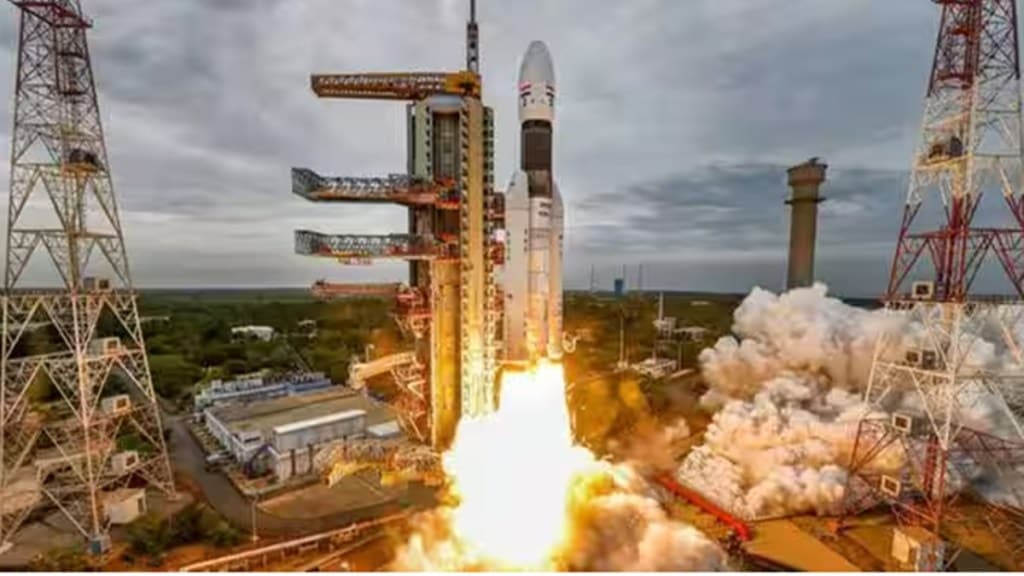Following the triumph of its Chandrayaan-3 moon mission and the achievement of milestones with its Aditya-L1 sun explorer, the Indian Space Research Organization (ISRO) is gearing up for its next significant spaceflight initiative: Gaganyaan.
The Gaganyaan mission, meaning “celestial vehicle” in Sanskrit, aims to send a minimum of three astronauts into low-Earth orbit by the close of 2024, although the exact launch schedule remains undisclosed. However, what has been revealed is the date for Gaganyaan’s imminent test flight, specifically designed to assess the performance of the crew capsule’s emergency escape system.
Mission Gaganyaan: ISRO to commence unmanned flight tests for the Gaganyaan mission. Preparations for the Flight Test Vehicle Abort Mission-1 (TV-D1), which demonstrates the performance of the Crew Escape System, are under way,” said the deputy minister for science and technology, Jitendra Singh, said on Tuesday and the space agency posted on X (formerly Twitter).
ISRO, in a statement issued on October 6, mentioned that the outcome of this test flight will establish the foundation for subsequent qualification tests and unmanned missions, ultimately paving the way for the inaugural Gaganyaan mission with Indian Astronauts.
The test Crew Module (CM), as per the announcement, will resemble the pressurized module designed to accommodate crew members during their journey to space. However, this particular version will lack pressurization.
For the test mission, they will use a single-stage liquid rocket. In contrast, the actual Command Module (CM) will be placed on a much bigger 143-foot-tall (43.5-meter) Launch Vehicle Mark-3 (LVM3) rocket, which has three different stages: solid, liquid, and cryogenic stages. During a conference last month, R. Hutton, the project director of the Gaganyaan mission, mentioned that the larger rocket (LVM3) has recently been certified for human safety.
“Human certified rockets” refers to rockets that have been rigorously tested and verified to meet safety standards for carrying humans into space. These rockets are deemed suitable and secure for crewed missions.
According to ISRO, the test module will examine multiple aspects of the mission, such as drogue parachutes that are intended to stabilize and slow down the spacecraft during re-entry, along with systems for aiding in recovery.
Drogue parachutes are smaller parachutes used to slow down and stabilize a spacecraft during its descent or re-entry into the Earth’s atmosphere. They help control the descent speed before the main parachutes are deployed.
During the demonstration, they will test a Crew Escape System (CES), along with the “CM fairing and Interface Adapters.” These tests will allow the agency to evaluate the emergency escape system designed to safely remove astronauts if necessary.
“CM Fairing” refers to the protective cover or casing around the Command Module (CM) of a spacecraft. It shields the CM from external elements and aerodynamic forces during launch and ascent and is typically jettisoned once it’s no longer needed.
The statement explains that this flight will replicate the abort scenario occurring during the ascent trajectory at a Mach number of 1.2, l (1,482 kms/hr) a critical aspect of the Gaganyaan mission. Following this, an autonomous abort sequence will be initiated, starting with the separation of the Crew Escape System (CES) and the deployment of a series of parachutes, ultimately leading to the safe landing of the Crew Module (CM) in the sea.
